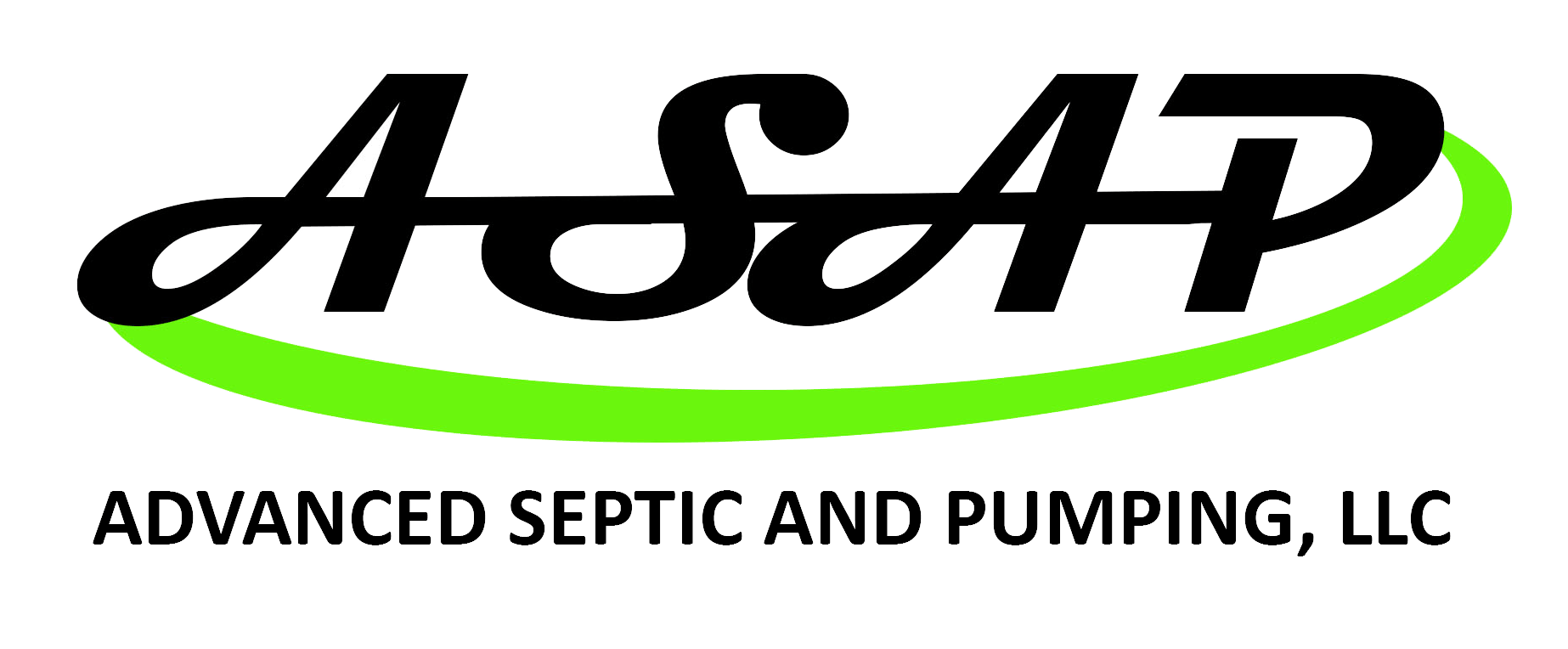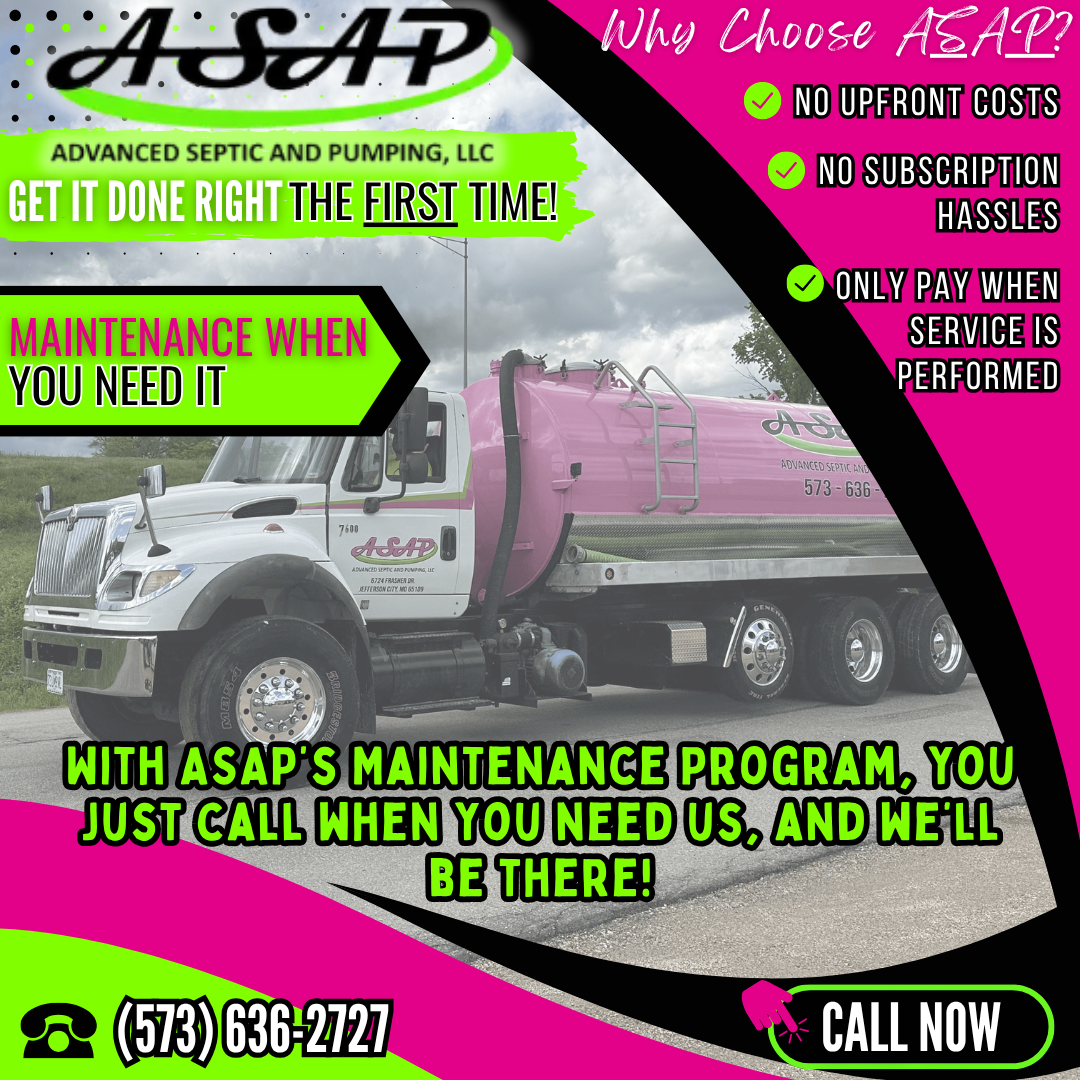Septic Installation
Conventional Tank with Drainfield
A conventional septic system, comprising a septic tank and a drainfield, is a time-tested solution for efficiently treating and disposing of household wastewater. This system relies on a simple, gravity-fed design to separate solids from liquids, allowing clear effluent to percolate into the drainfield for natural filtration. Ideal for properties with suitable soil conditions, it offers a cost-effective and reliable option for rural homes without access to municipal sewer lines. Routine
septic tank pump out and
septic tank service are necessary to maintain performance. For homeowners planning to install a
new septic tank, working with a trusted
septic tank contractor can help ensure proper design and installation.
Alternative Septic Systems
LPP (Low Pressure Pipe System)
The Low Pressure Pipe (LPP) system is an innovative solution designed for properties with shallow soil depths, high groundwater, or restrictive soil conditions. By using small-diameter pipes laid in narrow trenches, the LPP system evenly distributes effluent over a broad area. While installing this type of
new septic system, it’s essential to work with a qualified
septic tank company that understands specialized system needs. Periodic
septic tank service helps ensure longevity and efficiency.
Aeration Drip
Aeration Drip systems introduce oxygen into the wastewater, promoting aerobic bacterial growth for enhanced treatment. This type of system, ideal for smaller or challenging lots, is often part of modern
septic tank installation projects. Ongoing
septic pumping service supports system functionality and extends the life of your system.
Septic Drip
Similar to Aeration Drip, this system uses drip tubing to release pretreated effluent into the soil. It's ideal for tight or irregular terrain. A professional
septic tank contractor can assess whether a
small septic tank system paired with drip distribution is suitable. Continued
septic tank service and occasional
septic emptying are essential.
Mound System
The Mound System is an engineered solution for properties with high groundwater or shallow soil depth. A
new septic tank is often part of this system's setup. Since installation involves specific fill materials and pumping equipment, choosing an experienced
septic tank company is crucial. As with all systems, scheduled
septic tank pump out helps avoid failures.
At Grade System
This advanced system provides superior treatment through mechanical and biological processes. It's ideal for environmentally sensitive areas and often comes with enhanced system design. Whether you’re planning for a
new septic system or upgrades, consult professionals who can guide the process and provide reliable
septic tank service over time.
City Sewer Connection / With or without Lift Station
When connecting to a municipal sewer, properties may eliminate the need for ongoing
septic tank service. However, if a lift station is needed, professional guidance is key. Even though this option bypasses a traditional tank, homeowners transitioning from septic may still need
septic tank emptying and
septic tank replacement.
Holding Tanks
Used when sewer or septic access is unavailable, holding tanks are common for seasonal or temporary use. They require frequent
septic tank pump out. A
septic tank contractor may suggest these for short-term use while planning a permanent
septic tank installation.
Septic Tank Replacement
Over time, systems wear out. A cracked or leaking tank calls for immediate
septic tank replacement. Whether replacing with a
small septic tank or full-size system, proper planning ensures compliance and performance. Always consult a reliable
septic tank company to manage the transition.
Engineering
Engineering plays a central role in complex installations or replacements. A licensed engineer works with your
septic tank company to evaluate terrain, conduct soil testing, and ensure regulatory compliance. Whether you’re installing a
new septic tank or upgrading a system, professional design is key to long-term success.
Soil Test
Before installing any system, a percolation or soil test is required. It informs key decisions such as placement, system type, and sizing—whether you're considering a
small septic tank or a larger system. Soil characteristics also impact maintenance schedules like regular
septic pumping service.




